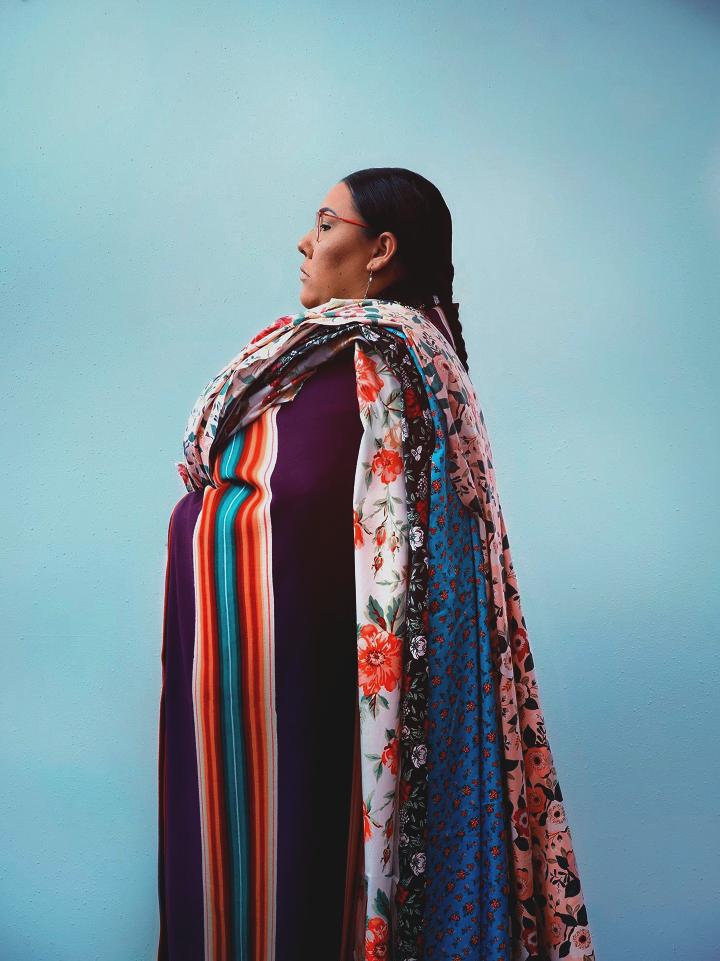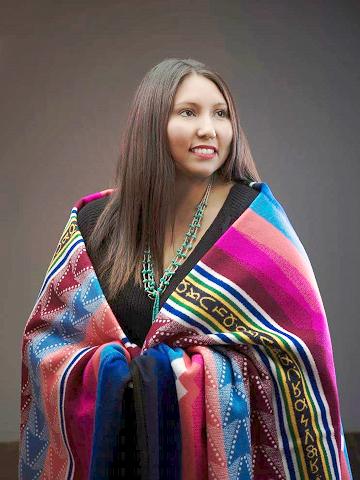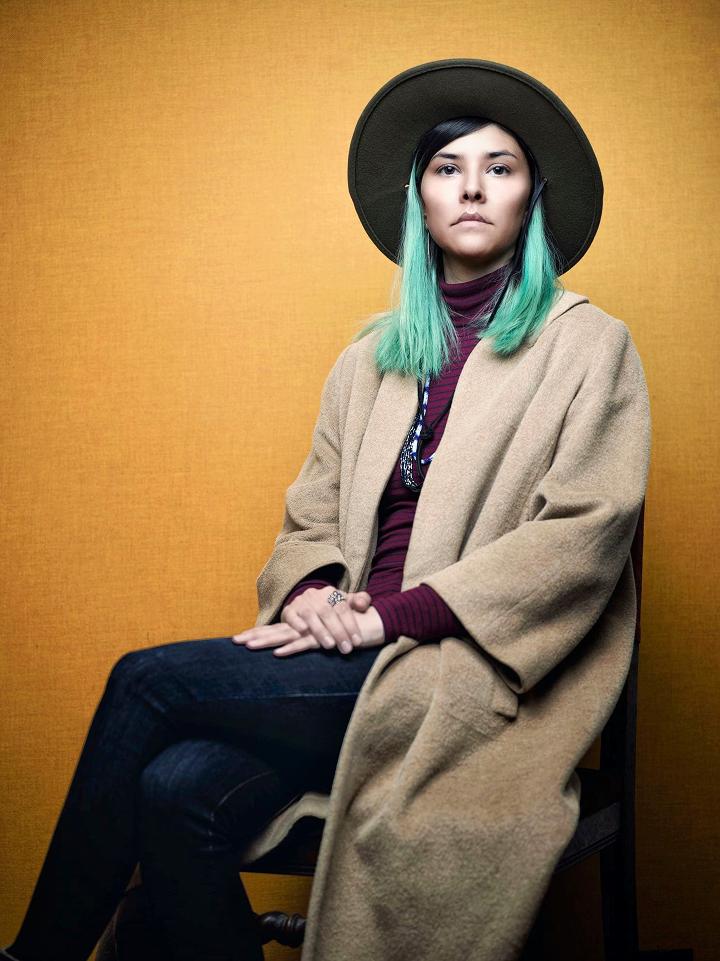 |
Canku Ota
|
 |
|
(Many Paths)
|
||
|
An Online Newsletter
Celebrating Native America
|
||
|
December 2018 - Volume
16 Number 12
|
||
|
|
||
|
Putting Osage Women
In Control Of Their Own Images
|
||
|
by Thomas Ryan RedCorn
for The Washington Post
|
||
Photos like these of Osage women have a complex history. Like many Americans, Osage women in Oklahoma in the early 1900s loved to put on their best clothes and have their portraits taken. The photos were a nice gift for family or descendants and an expression of self-respect that attacked prevailing American attitudes about indigenous people. But the practice quickly went bad. After being removed to northeast Oklahoma in the 1800s, Osages had negotiated themselves into an advantageous position. Oil was “discovered” on their land, and by the 1920s, Osages were the wealthiest people per capita on the planet. But as American “discoveries” so often go, murder followed — hundreds of murders. Osage women were the primary targets of unscrupulous white men. Portraits of Osage women like these were created by local photographers. Merchants would sell the photos to white men to track down wealthy Osage women. They would proceed to court and marry an Osage, then kill her relatives so she would receive an inheritance — and then kill her, too. The Osage Nation paid the fledgling FBI to come investigate, trying to fight corruption of local, state and federal government in Oklahoma. Only two white men went to prison. The vast majority of the killings would go unsolved. While the FBI was impersonating heroes, Osage women protected themselves and their families, holding fast to values that came before them and still exist today. Osage men and women looked after my grandfather when his father was killed in 1931, well after the FBI “solved” the crimes. Those relatives, despite being targets themselves, gave my grandfather the tools and values that he used not only to survive, but to laugh his way to 94.
To this day, non-Native photographers are sent to Native communities to “document.” The relationship between indigenous people and non-Native photographers is at best strained, and at worst, gratuitous, invasive, repulsive and deceitful. America loves photos of Indians (usually old photos), but everyone loses when the country sees and hears only images and stories that reinforce disappearance, poverty, silencing and voyeuristic othering of our ways. My collaborative approach for these portraits respects the person, the space, the voice and the time the photo is being taken. Through this lens, these women’s voices and values emerge. These values have always been central to the Osage community. They carry with them respect, generosity, fairness, adaptation, prayer and humor. Melyssa Hight, pictured above, described Osage women as “strong, loving, nurturing and wise. It means being a survivor of genocide and becoming hope made into flesh all while being beautiful.” These photos are a manifestation of Osage values, too. These women don’t dress this way on a daily basis, but it’s their representation, their choices. The representation of self is itself an Osage value. And the fact that those ideas survive and thrive is its own hero story.
Thomas Ryan RedCorn is a photographer, designer, filmmaker, founding member of the 1491s and a resident of Pawhuska, Okla., Osage Nation Reservation. |
||||||||||
|
|
|
|
||
|
|
||
| Canku Ota is a free Newsletter celebrating Native America, its traditions and accomplishments . We do not provide subscriber or visitor names to anyone. Some articles presented in Canku Ota may contain copyright material. We have received appropriate permissions for republishing any articles. Material appearing here is distributed without profit or monetary gain to those who have expressed an interest. This is in accordance with Title 17 U.S.C. Section 107. | ||
|
Canku Ota is a copyright ©
2000 - 2018 of Vicki Williams Barry and Paul Barry.
|
||
 |
 |
|
|
The "Canku
Ota - A Newsletter Celebrating Native America" web site and
its design is the
|
||
|
Copyright ©
1999 - 2018 of Paul C. Barry.
|
||
|
All Rights Reserved.
|
||




